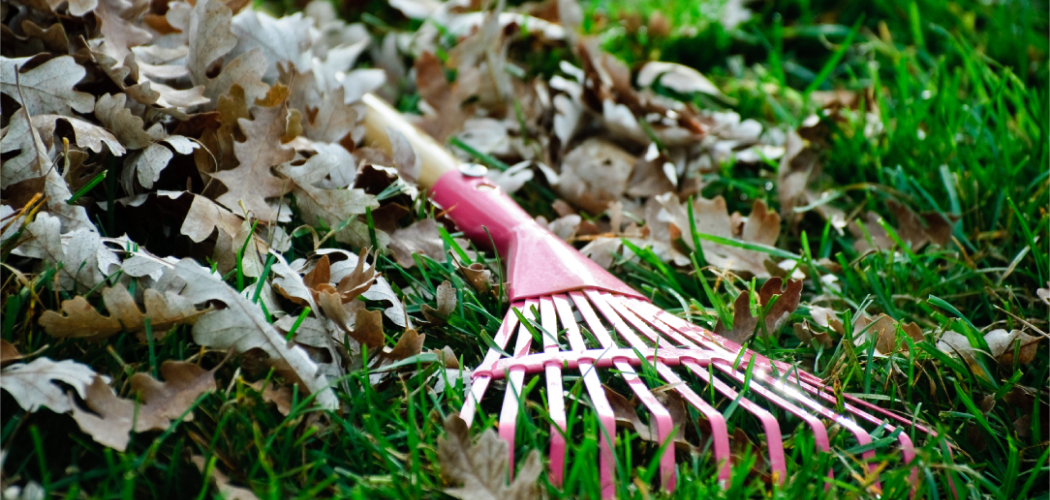Preparing your yard for winter is an important step to ensure you can enjoy a lush, healthy lawn come spring. Winter brings extreme cold temperatures and snowfall, which can damage plants and soil if not properly cared for. Additionally, pests such as rodents and insects may make their home in the nooks and crannies of your yard during the winter.
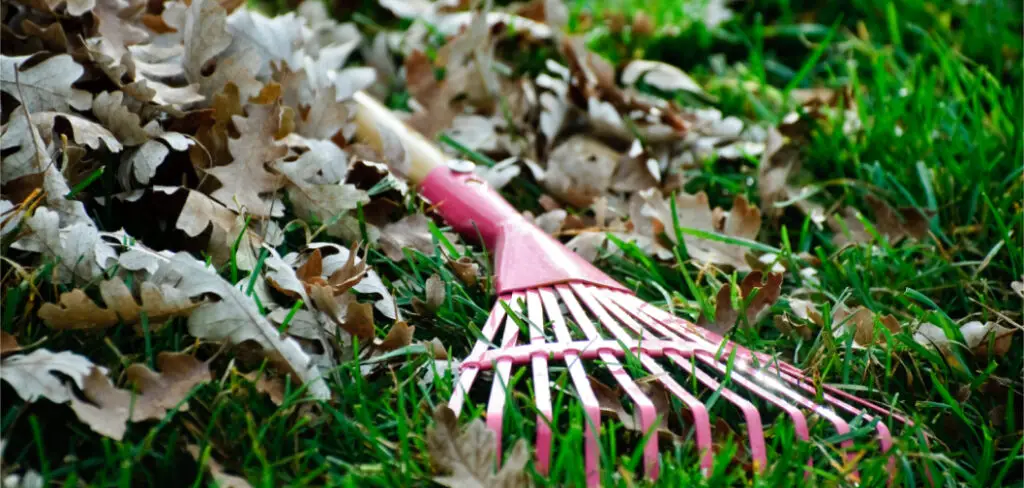
Taking the time to prepare your yard for winter adequately will help ensure that your lawn is healthy and vibrant as soon as warmer temperatures return.
One of the biggest advantages of preparing your yard for winter is that it can help protect plants and trees from cold temperatures, freezing rain, snow, and ice. It can also reduce future maintenance costs by helping to prevent damage caused by extreme weather conditions.
Proper preparation also helps maintain lawns and gardens in a healthy condition throughout winter. In this blog post, You will learn how to prepare yard for winter.
Step-by-Step Processes for How to Prepare Yard for Winter
Step 1: Inspect Your Yard
Start your winter prep by walking around your yard and inspecting for any problems that must be addressed before the cold weather sets in. Look for signs of disease, pests, or damage caused by extreme temperatures (like heat waves). Make a list of areas where extra attention is needed so you can address them immediately.
Step 2: Prune Your Plants
Prune any plants that are overgrown and need to be trimmed back. Remove dead or diseased branches, and thin the canopy of trees and shrubs so air can flow freely through them.
Don’t forget to fertilize these plants after pruning them as well. Before winter sets in, make sure to improve the soil quality of your yard. This includes adding compost or manure to the topsoil and tilling the area if necessary.
Step 3: Plant Bulbs and Perennials
Planting bulbs and perennials is a great way to brighten your yard during winter. Choose hardy plants that can withstand cold temperatures and use mulch to protect their roots.
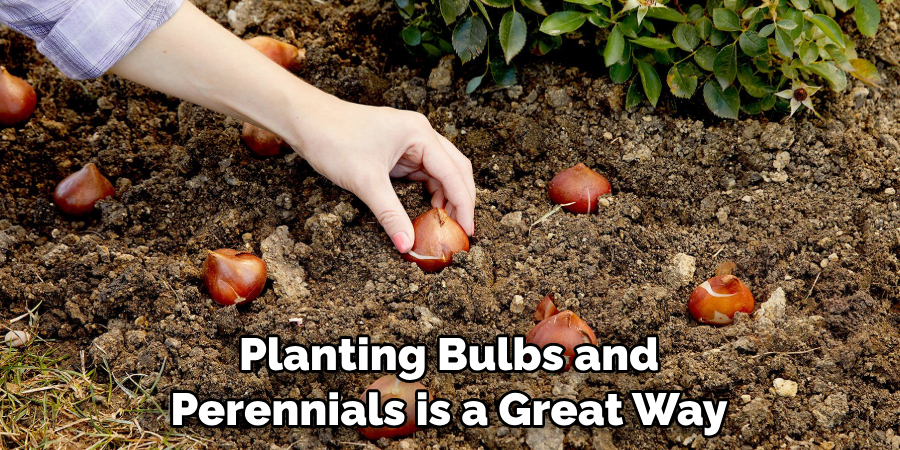
Your trees and shrubs will need extra protection during winter, so ensure they’re properly insulated with burlap or tarp. You may also want to consider using tree wrap or stakes for larger trees.
Step 4: Cover Your Garden
If you’ve got a garden, cover it with a tarp or sheet of plastic to protect it from cold temperatures and snow. This will also prevent weeds from growing in the garden during winter.
Once your yard is prepped, clean up any debris that’s left behind from the summer months. This includes leaves, grass clippings, twigs, and other yard waste.
Step 5: Drain Outdoor Pipes
If you have outdoor faucets or sprinklers, drain them of any water before winter sets in. This will help prevent your pipes from freezing and bursting due to the cold temperatures.
After you’ve finished planting bulbs, pruning plants, and cleaning up debris, it’s time to clean and store your gardening tools for the winter. Make sure to thoroughly clean them before storing them in a dry location.
Step 6: Inspect Your Roof and Gutters
Inspect your roof for any damage or leaks before winter sets in. Also, clean out your gutters of debris so they don’t get clogged with snow and ice. This will help prevent roof and gutter damage during the winter months.
Following these steps will ensure that your yard is properly prepared for winter and that you’re ready to enjoy your outdoor space once the warm weather returns.
Tips for How to Prepare Yard for Winter

- Ensure all outdoor furniture is stored away and covered if necessary in a shed or garage.
- Check for loose tree branches that could fall during strong winds or heavy snowfall and prune them back.
- Trim back any perennial plants, bushes, hedges, or trees to reduce the chances of damage from ice, snow, or wind.
- Ensure all garden tools are stored away in a shed or garage and cleared of dirt and debris.
- Ensure all outdoor lighting is working properly, and consider investing in motion sensor lights to help save energy during the winter months.
- Use mulch on gardens and pathways to insulate plants from ground temperature changes, reduce weeds, conserve soil moisture, and reduce runoff.
- Test your sprinkler system before the winter to ensure it is working properly and covers all areas of your yard that need to be watered. Taking these precautions will help ensure you have a safe, well-kept yard throughout the winter season.
How Should You Prepare Your Garden Beds for Winter?
Garden beds should be prepared for winter to promote healthy, lush vegetation the following spring. To do this, remove any dead or diseased plants and weeds from the bed. This helps reduce the chances of these problem plants spreading throughout the garden.
After removing any undesirable vegetation, adding a layer of mulch is important to help insulate the soil and retain moisture. This will help protect plants’ roots from cold temperatures. Finally, if you have any perennials or bulbs planted in your garden beds, cover them with a layer of mulch before the first frost to ensure they are protected during colder months.
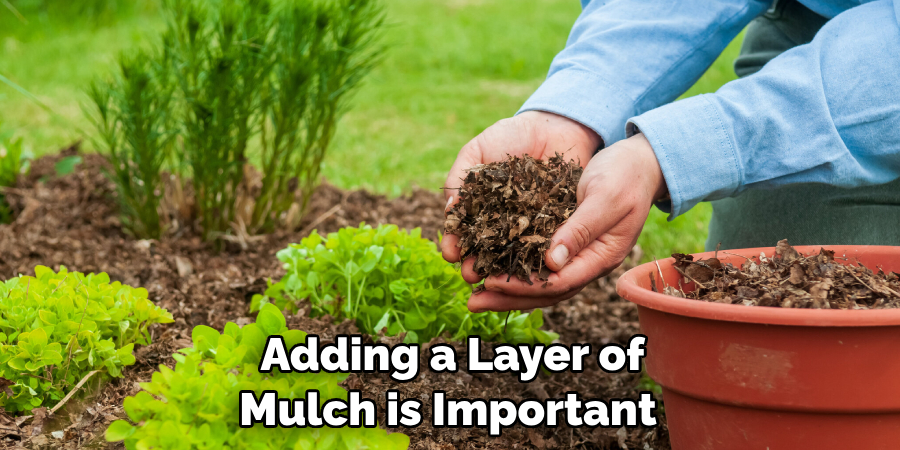
Other important tasks to prepare your yard for winter include: cleaning up debris, like fallen leaves and branches; ensuring outdoor furniture is stored away properly; pruning trees, bushes, and shrubs; and repairing any damage to hardscapes. Taking care of these tasks before the temperatures drop will ensure that your yard stays in good condition over the winter season.
How Can You Best Care for Flower Beds During the Cold Season?
Flower beds are a popular way to enhance the landscaping in your yard. However, when winter comes around, it’s important to follow proper steps to ensure that these same flower beds are well taken care of during the cold season.
The most important step is creating a protective barrier for your flowers and plants. This can be accomplished by adding mulch around your flower beds. This will provide insulation from the cold and helps retain moisture so plants can continue to thrive during the winter months.
Another way to prepare for winter is by pruning any overgrown or dead foliage around flower beds. Pruning your plants not only allows them to survive the cold weather better but also ensures they look their best once the spring months come around.
Make sure to dispose of any dead leaves and debris that may have accumulated during the warmer months. Finally, it’s important to consider adding winter perennials to your flower beds. These plants are designed to withstand colder temperatures and add more interest to your garden when other blooms are not in season.
What Can You Do to Prevent Damage From Snow and Ice?
The best way to protect your yard from the winter elements is by having a well-prepared landscape. Before the cold weather sets in, secure your plants, lawn, and other outdoor areas. Here are some tips for preparing your yard for winter:
- Insulate Your Plants – Place protective fabric or mulch around vulnerable shrubs and trees to provide insulation from the cold.
- Clean Gutters and Downspouts – Ensure that your gutters and downspouts are debris-free so water can flow quickly away from your house.
- Remove Debris – Rake up leaves, trim dead branches, and move any patio furniture into storage for the season. This will help prevent snow and ice from collecting in the same areas.
- Protect Potted Plants – If you have any potted plants, move them to a sheltered area such as your garage or porch. Make sure they are not filled with too wet soil, as this can cause the roots to freeze and rot.
- Apply Anti-Ice Treatments – Apply an anti-icing product such as calcium chloride to walkways, driveways, and steps before snowfall to prevent ice formation.
Following these tips will help you prepare your yard for winter so it can withstand the harsh weather conditions. With a well-maintained landscape, you can enjoy your outdoor space all year round.
How Can You Prevent Weeds From Germinating on Your Lawn During the Winter?
One of the most important steps when preparing your yard for winter is ensuring weeds don’t get a chance to germinate. Weeds can cause numerous lawn problems, including spreading disease and competing with desired plants for water and nutrients. To prevent weeds from growing in your lawn during the winter months, you should consider three primary approaches:
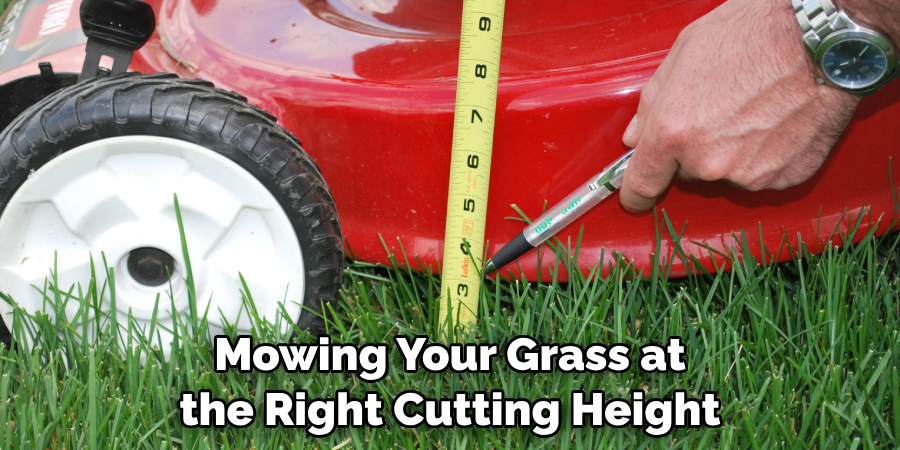
- Mow Your Lawn to the Appropriate Height: Mowing your grass at the right cutting height will help it survive the winter and prevent weeds from germinating. The ideal mowing height is usually about 1-2 inches or slightly lower for warm-season grasses.
- Fertilize Your Lawn: Applying fertilizer during the late summer and early fall months will help keep your lawn healthy and strong. This can also prevent weeds from germinating due to a stronger grass root system.
- Apply a Pre-emergent Herbicide: Pre-emergent herbicides can be applied to your lawn during the late summer or early fall months to prevent weeds from germinating and competing with your desired plants. Read the label carefully when applying a pre-emergent herbicide, as some products may not be suitable for use in all climates or certain types of grasses.
By following these steps, you can ensure your lawn stays healthy and weed-free during the winter months. This is an important part of preparing your yard for winter and will help you get a head start on having the perfect lawn come springtime.
Conclusion
In conclusion, preparing your yard for winter requires some work but is worth it in the long run. Properly caring for and protecting your lawn, plants, and other outdoor features will help ensure they last through the cold season. Start by mowing your grass one last time before winter sets in, then fertilize, aerate, and overseen if needed.
Make sure to move or store any items that may be damaged by frost, such as outdoor furniture and garden tools. Finally, apply a winterizer to give your lawn and plants the nutrients they need during the cold months. I hope reading this post has helped you learn how to prepare yard for winter. Make sure the safety precautions are carried out in the order listed.

